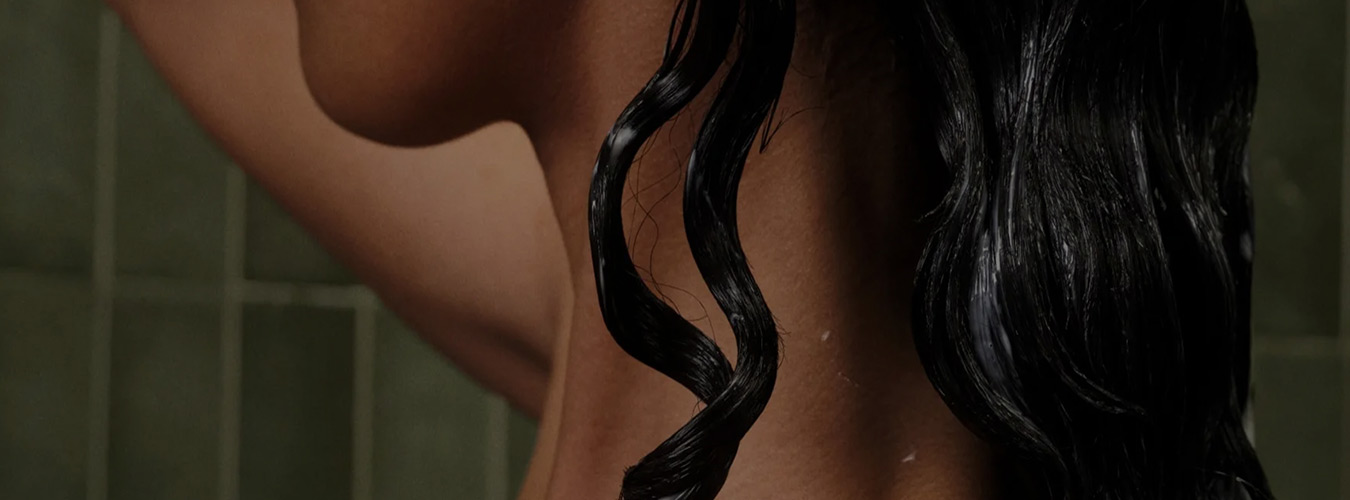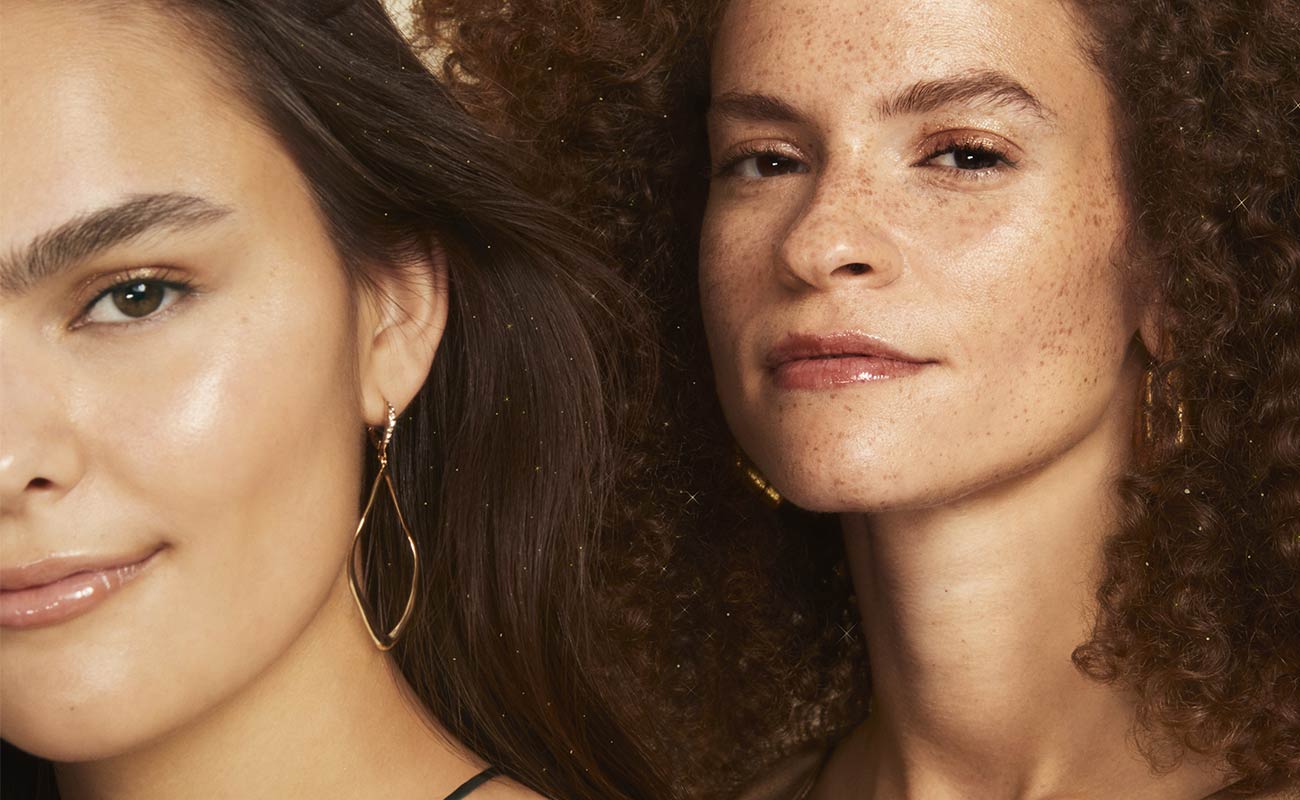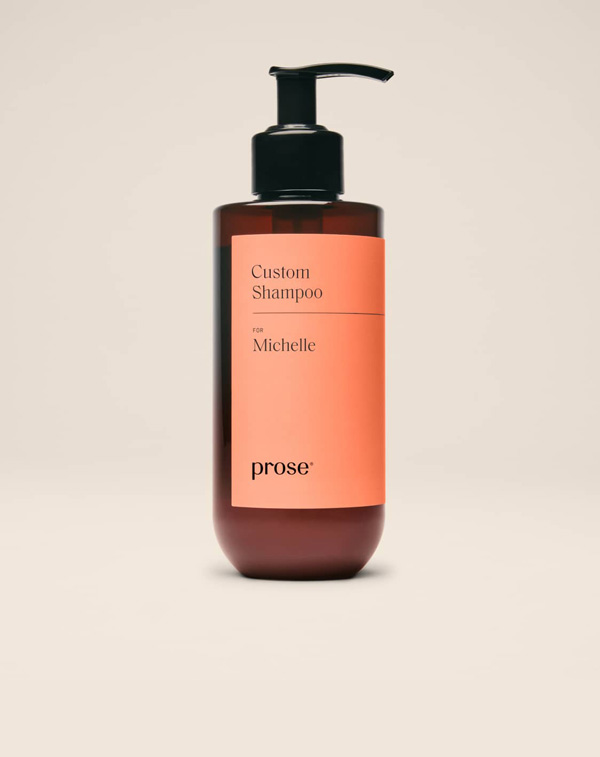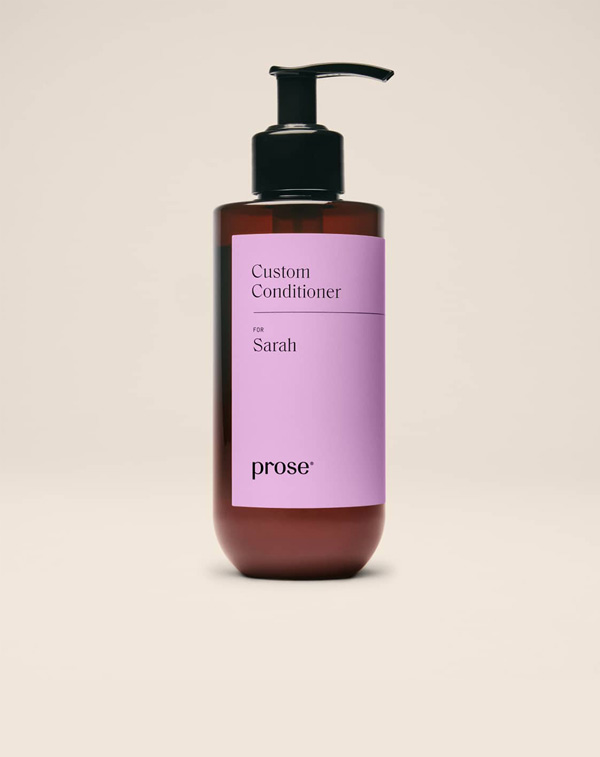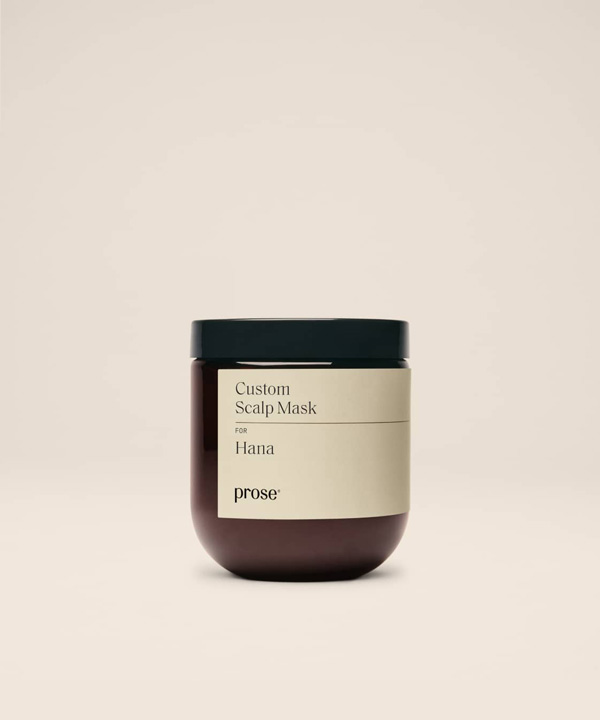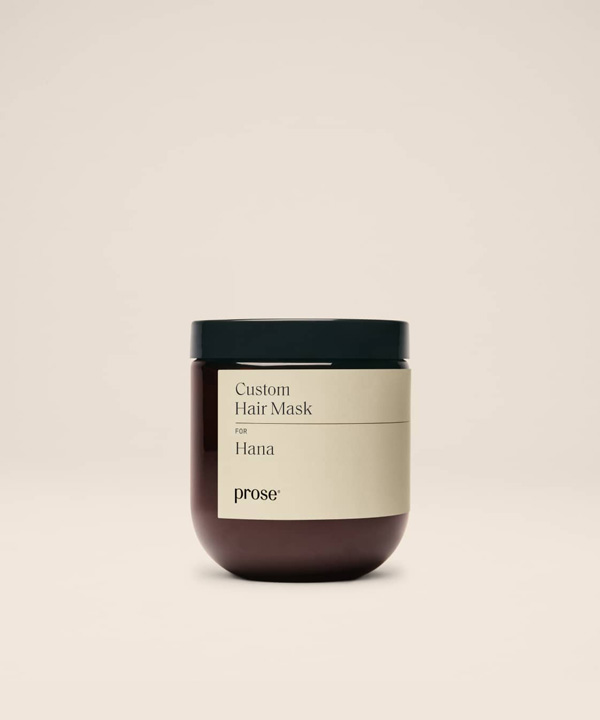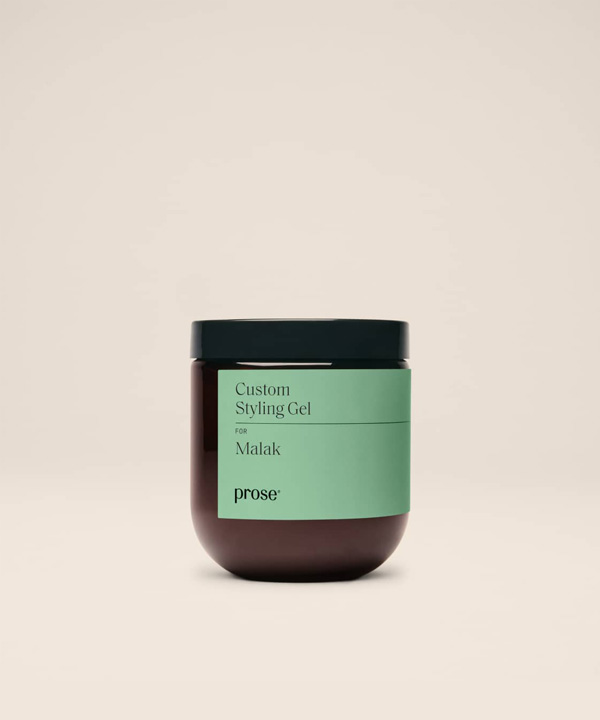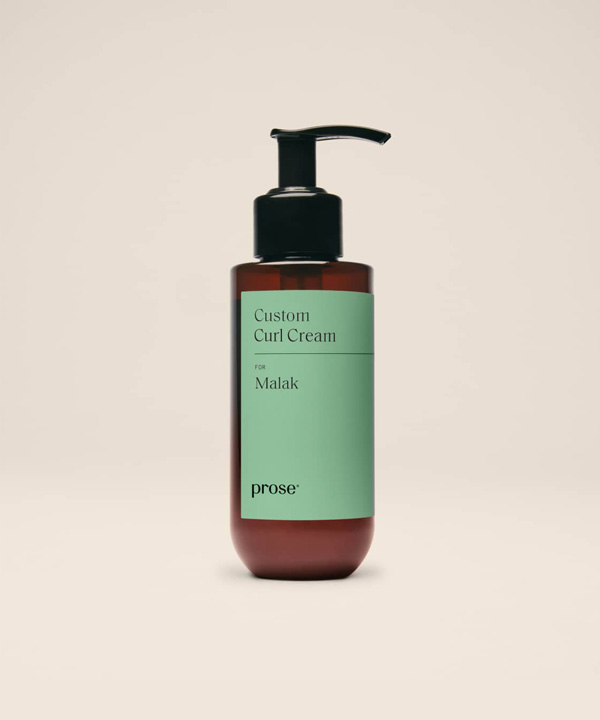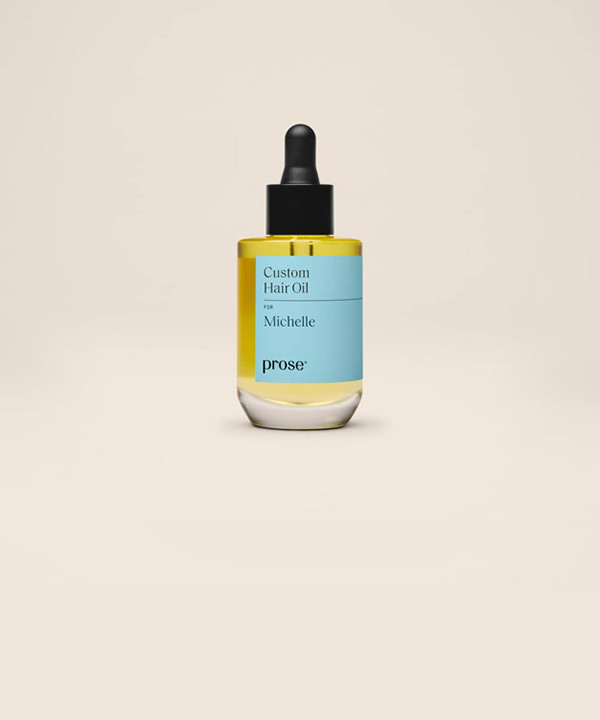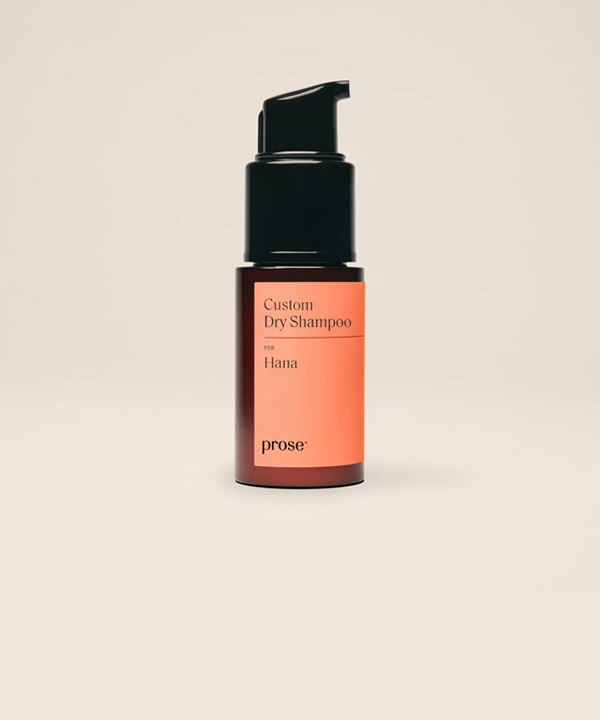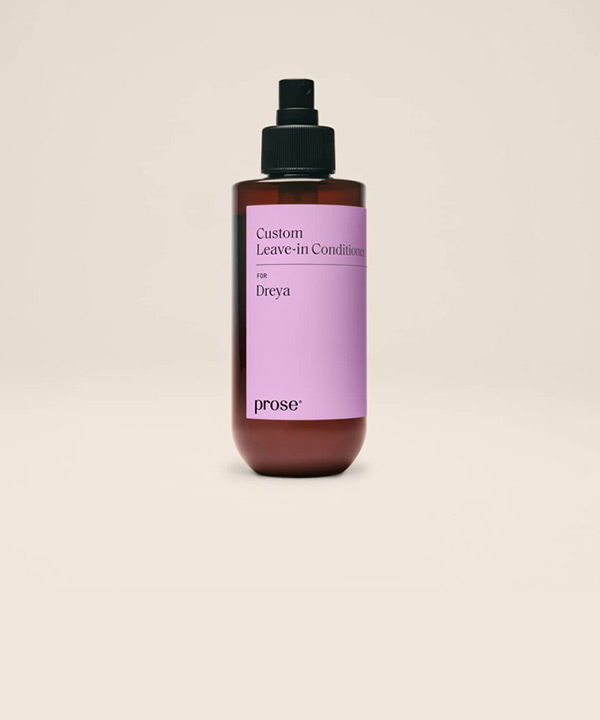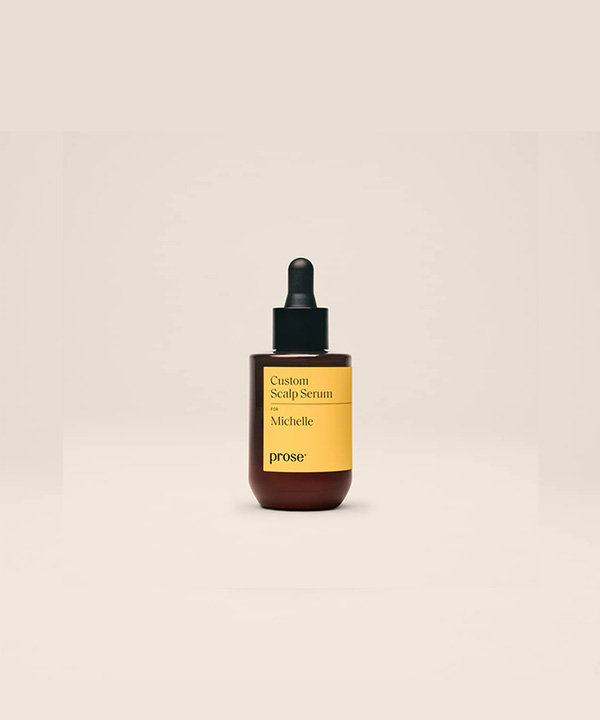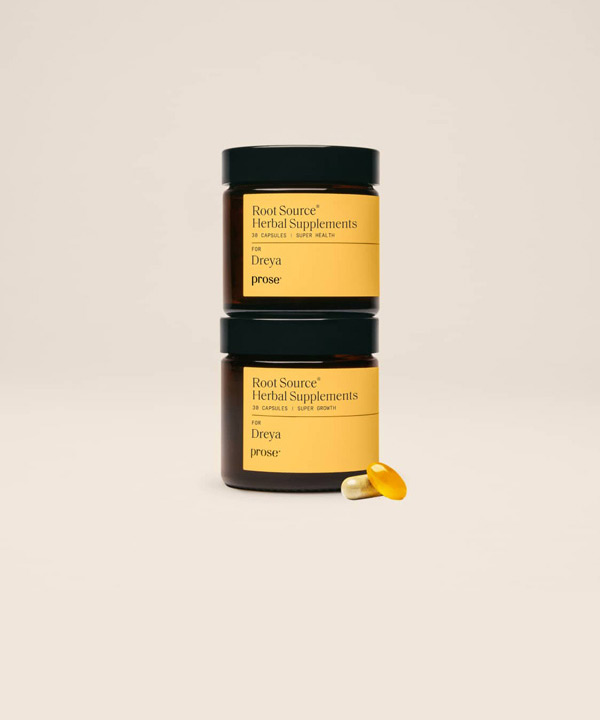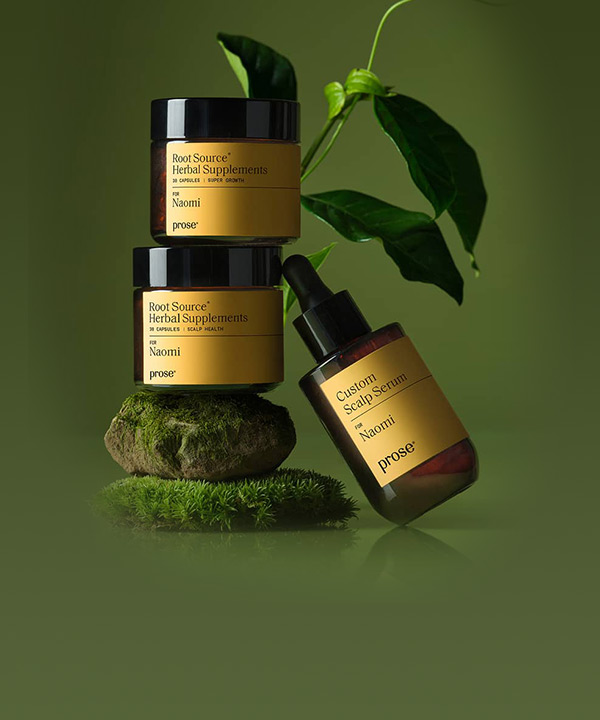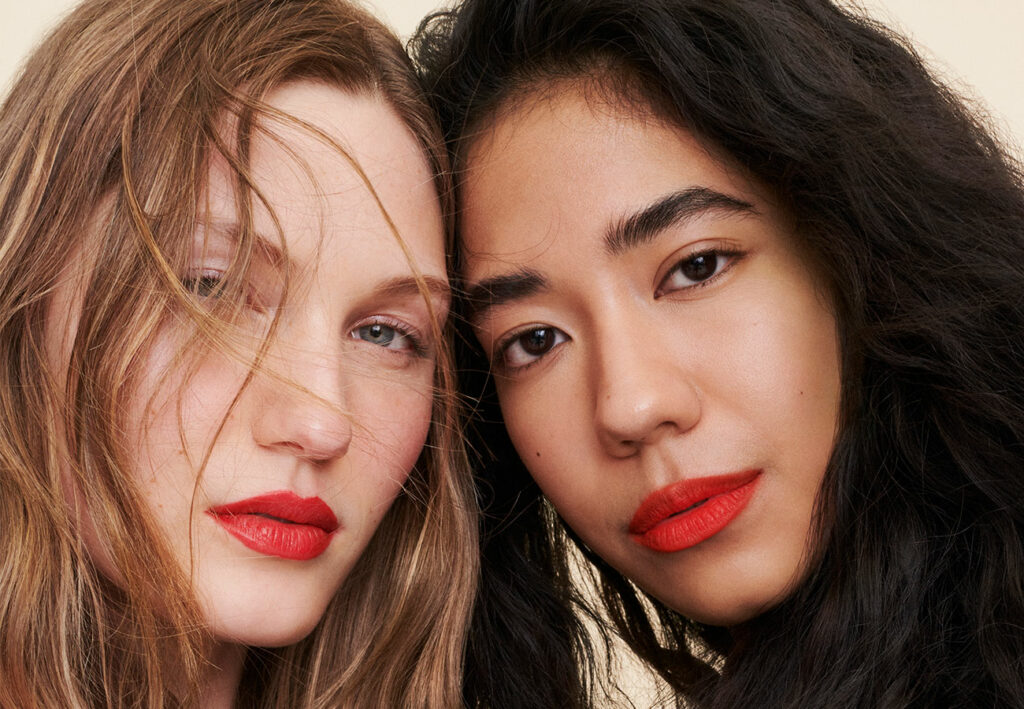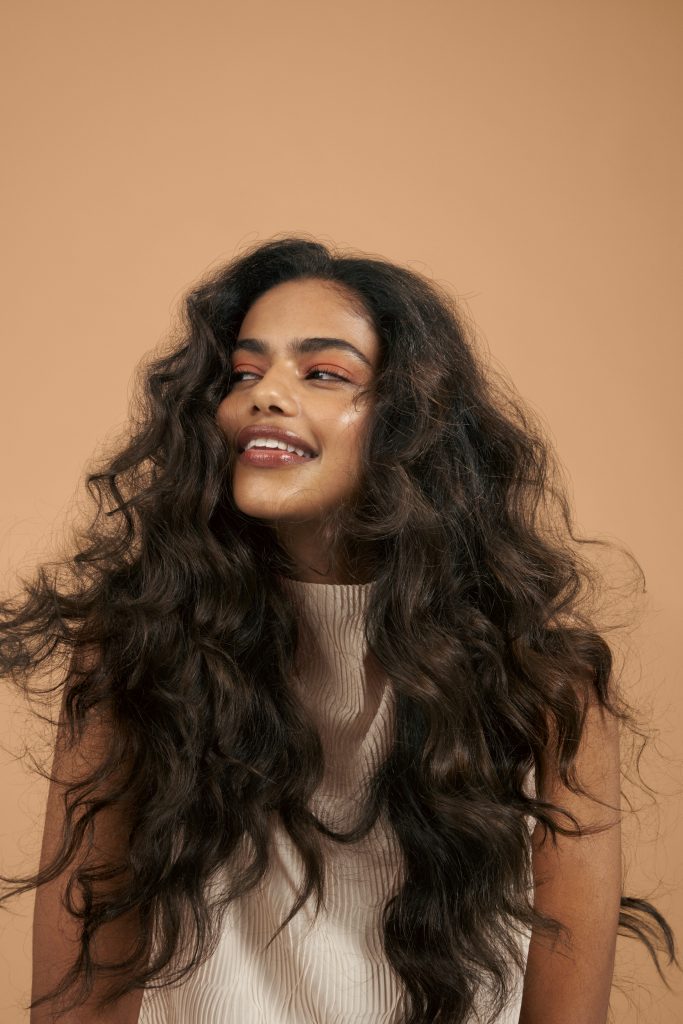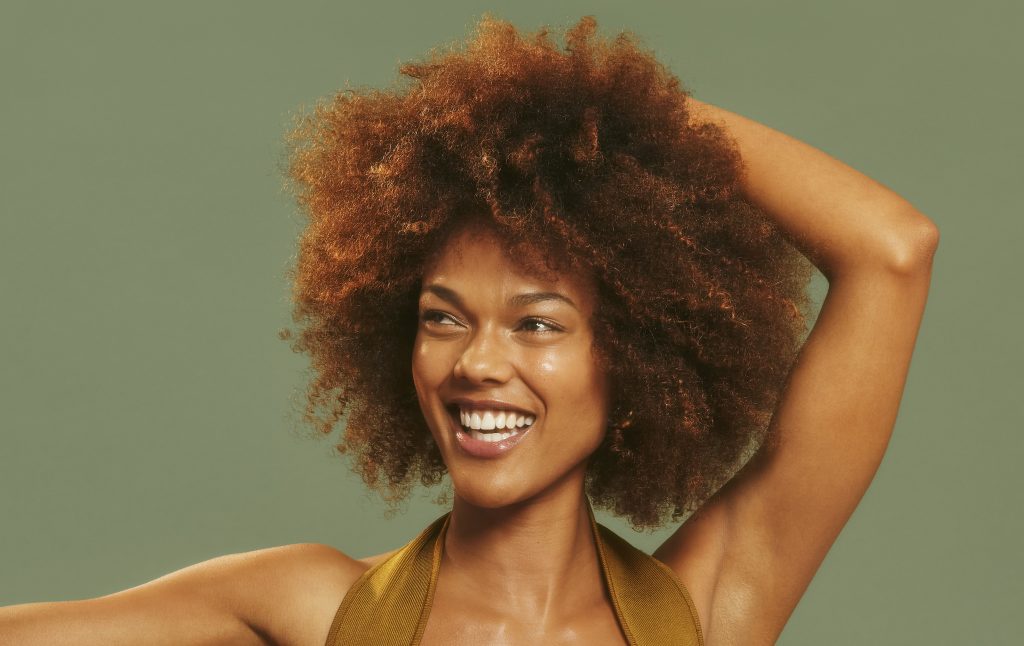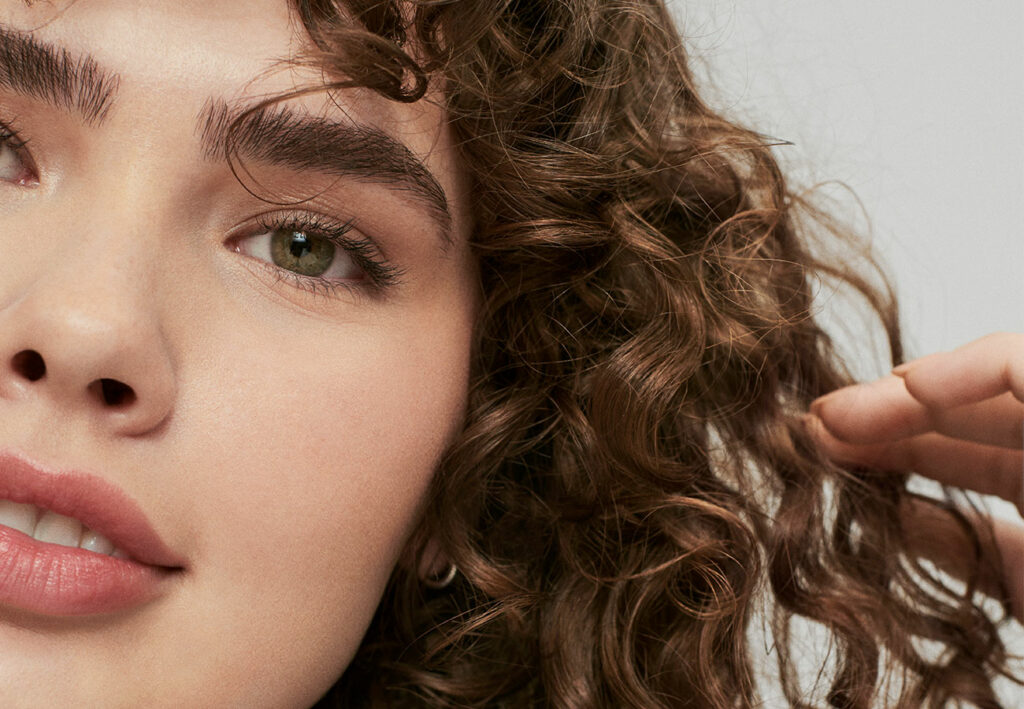Hair typing began with assigning numbers to four hair types: straight (1), wavy (2), curly (3) and coily (4). But if you’ve paid any attention to your strands, you know hair doesn’t always fall into these neat boxes. So then came sub-categories (A, B and C) to address variations, everything from fine straight hair to thick straight hair. The goal was to pinpoint a type so you could understand the nuances of your hair and how to best wash, style and care for those locks.
It isn’t a perfect system. As Prose’s Director of Education Faith Huffnagle explains, most of the time people are born with more than one hair type. “I’m biracial and my hair type is a 3C/4A,” she says. “I have both of these curl patterns on my head.”
So how do you navigate the chart? Huffnagle recommends going with the hair texture most represented throughout your hair. Here’s a handy guide to the various hair types, plus the best ways to maximize their potential:

Type 1 Hair
Type 1A: Thin or fine straight hair
Type 1B: Medium-texture straight hair
Type 1C: Thick or coarse straight hair that holds volume
Type 1 hair care: It’s all about the boost. Reach for volumizing sprays or mousse, dry shampoo, texture sprays and lightweight leave-ins. Shampoo more than twice per week, and try to avoid products with heavy oils that can lead to build-up.
Type 2 Hair
Type 2A: Wavy fine hair
Type 2B: Defined wavy hair that starts midway down your strands (think beach waves)
Type 2C: More defined wavy hair that starts at the roots
Type 2 hair care: Styling creams, texturizing sprays, wave sprays, lightweight hair oils, spray leave-in conditioner—these are all go-to products for Type 2’s. Try to limit shampooing to about twice per week and stay away from products that moisturize too much (i.e. heavy conditioners) and ingredients like alcohol that can dry out your hair.
Type 3 Hair
Type 3A: Loose curls (imagine the circumference of sidewalk chalk)
Type 3B: Springy defined curls (the circumference of a Sharpie pen)
Type 3C: Corkscrew curls (the circumference of a pencil)
Type 3 hair care: More moisture! Stick to curl creams, hair oils, gels, serums, deep conditioners and creamy leave-in conditioners. You’ll want to shampoo once a week (maybe twice per week) and watch out for ingredients that can dry out your scalp and strands—sea salt, alcohol and heavy silicones all fit that bill.
Type 4 Hair
Type 4A: Tight coils
Type 4B: Soft coils that might include some tighter ones
Type 4C: Tighter zig-zag coils
Type 4 hair care: The playbook is similar to Type 3 hair. You’ll want to lock in moisture with butters, oils, curl creams, thick leave-in conditioners and maybe even try co-washing (conditioner-only washing). Once-a-week shampooing is ideal and again, stay away from alcohols, sea salts and heavy silicones, all of which can dry out your hair.
But keep in mind that this framework is a general guideline. Not only is our population more diverse now than it was 20 years ago, which means more combinations of hair types, but the chart also doesn’t take into account other important hair factors like porosity, color, strand length, where you live and your age, since hair gets drier as you get older.That’s why Prose was created—to address haircare with specific solutions that make sense for your unique type. The hair type chart is a great starting point, but ultimately embracing your hair’s individuality and tailoring the ingredients, routine and products that make sense for you are what will help make your strands thrive.
Shop Haircare
Always made to order. Never made to waste.
Exclusive Trial Offer Get 60% Off + Free Gift
